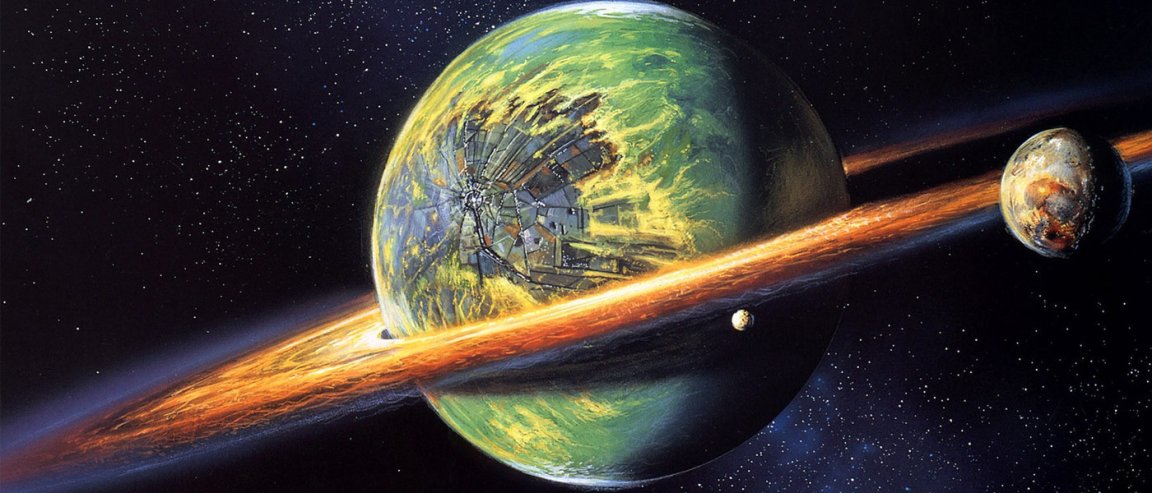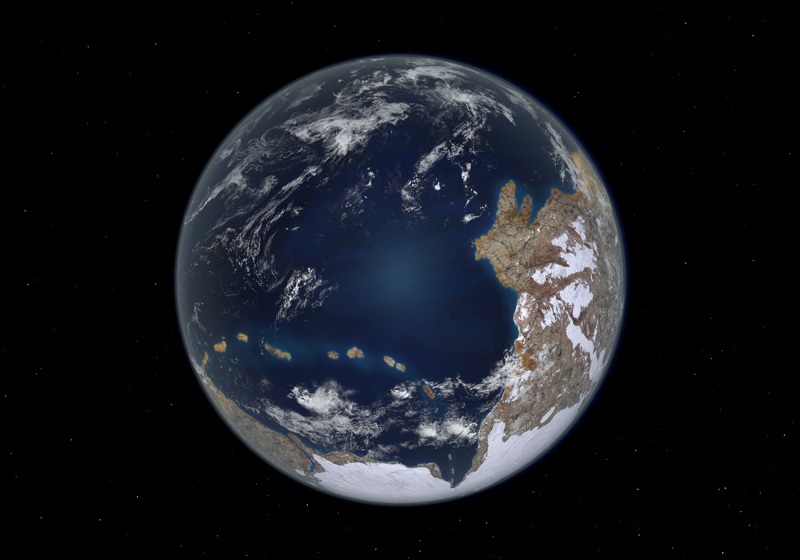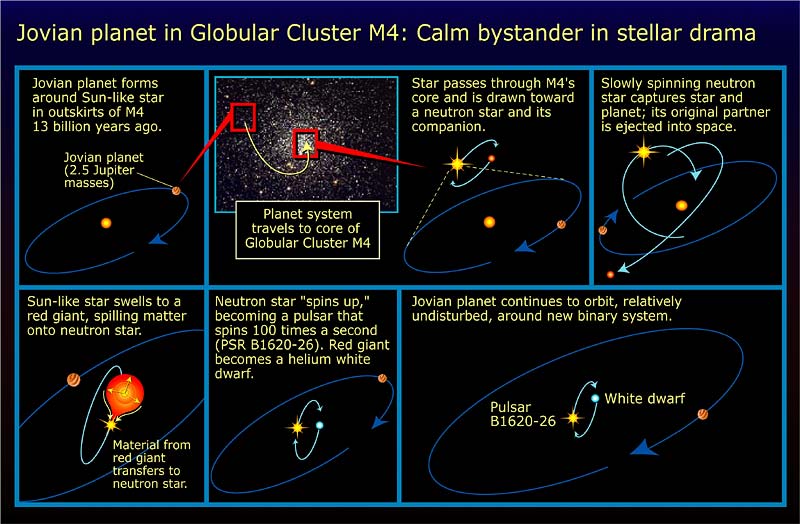

Earth has been wandering through the cosmos for some 4.5 billion years. For the vast majority of that time, it has carried life. Scientists estimate that living organisms first arose on our Pale Blue Dot some 3.5 billion years ago (though other estimates suggest that life may have started as far back as 3.9 billion years ago).
In this time, single cells arose. They flourished in water for a time but, ever so slowly, they developed into more complex lifeforms and left Earth’s murky waters for land. Over the next few billion years, this land-based life branched out into trees, and birds, and people like you and me.
Ultimately, we know that life in our universe is at least 3 billion years old; however, it could be far, far older.
In 2003, Hubble pointed its lenses at a Sun-like star, and it saw a truly ancient planet. The world is some 13 billion years old, making it one of the oldest planets in the known universe. At more than twice the age of the Earth, it would have formed just a billion years after the Big Bang.
Scientists located it at the center of a globular star cluster called M4, which is just about 5,600 light-years from Earth in the constellation Sagittarius.
So, is it possible that life as we know it arose on this world eons before it did on Earth?

Well, that is a tad unlikely, as the planet is unfortunately close to a pulsar. Pulsars, if you aren’t aware, are a kind of highly magnetized neutron star. These stars emit extremely energetic beams of electromagnetic radiation, which would have coursed across the planet and essentially rendered it sterile.
Additionally, the planet is a gas giant, meaning that it likely lacks a solid surface like what we find on Earth. Moreover, at 2.5 times the mass of Jupiter, by the time you reached its hypothetical solid core, the pressure would make it absolutely impossible for life as we know it to survive. If that’s not enough, since it formed so early in our universe’s history, scientists think that it probably doesn’t have much heavier elements, like carbon and oxygen, as these were only produced in abundance later (once the first stars exploded in fiery supernova blasts).
Of course, carbon and oxygen are two of the necessary ingredients for our kind of life, making this planet a rather poor candidate.

However, there is still hope for ancient life.
When our Sun and planets were born, the Kepler-444 system was already older than our solar system is now. And notably, the planets that this system harbors are Earth-sized (as opposed to enormous gas giants). In fact, it has 5 planets that are similar in size to Earth.
The discovery was announced January 27, 2015 in the Astrophysical Journal, and it used observations made by NASA’s Kepler spacecraft over a period of four years.
In the release, scientists asserted that Kepler-444 formed some 11.2 billion years ago, and that the planets formed around the same time, making these worlds the oldest Earth-sized planets ever found. Of the discovery, Daniel Huber, from the University of Syndey in Australia and an author on the paper, said:
We’ve never seen anything like this. It is such an old star and the large number of small planets make it very special. It is extraordinary that such an ancient system of terrestrial-sized planets formed when the universe was just starting out, at a fifth its current age. Kepler-444 is two-and-a-half times older than our solar system, which is only a youthful 4.5 billion years old.
This tells us that planets this size have formed for most of the history of the universe and we are much better placed to understand exactly when this began happening [emphasis added].
So. Could these worlds host life as we know it? Well, again, probably not. This is because the planets orbit their parent star in just 10 days. And a short orbital period means that the planets are very close to the star. Ultimately, at less than one-tenth the Earth’s distance from the Sun, liquid water cannot exist, and on top of this, the worlds have extremely high levels of radiation – making them rather uninhabitable for us.
But then how can life possibly be much older than the 3 billion years that was mentioned in relation to Earth?
Well, these are just a small sample of the planets that exist in our universe. We haven’t found anywhere near even just a fraction of the the alien worlds that are out there. As such, it is entirely likely that other (possibly even older) worlds exist that could have had conditions favorable to life.
…though maybe not life as we know it (but whoever said that the universe only consists of life as we know it?).